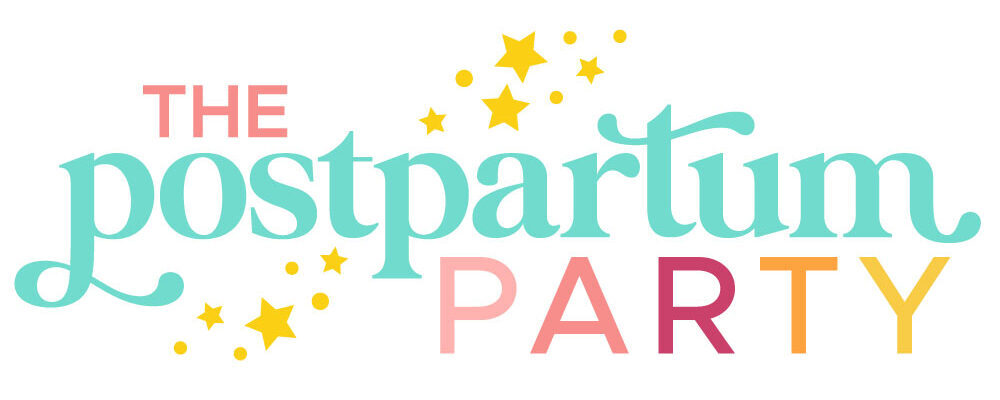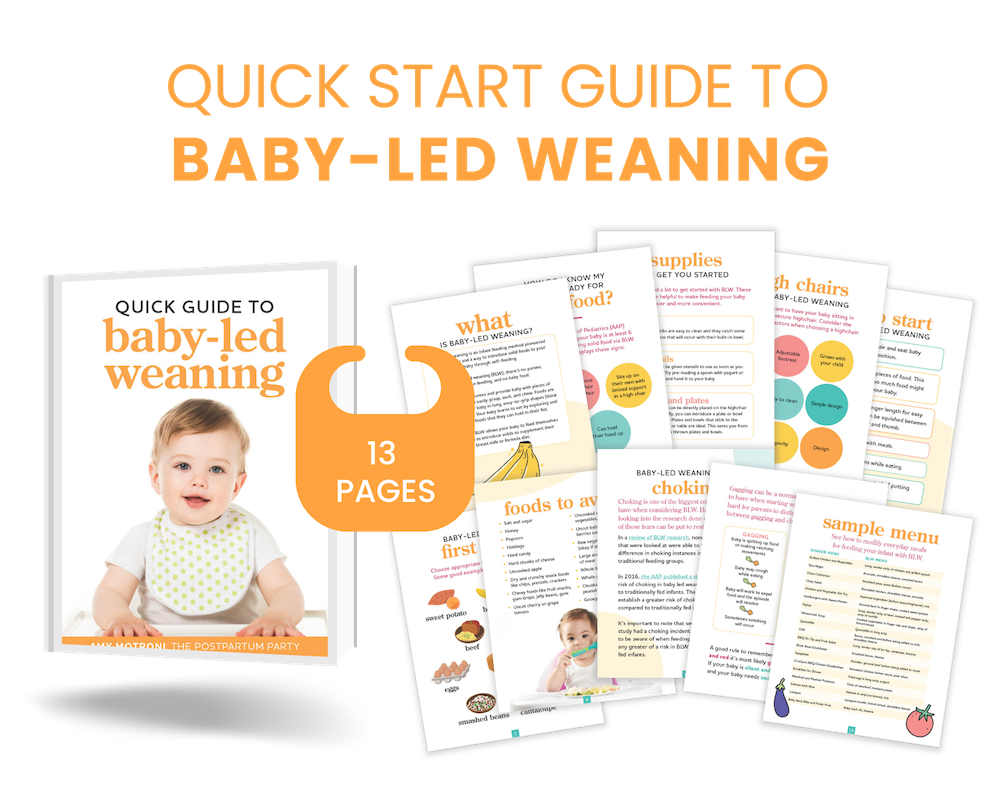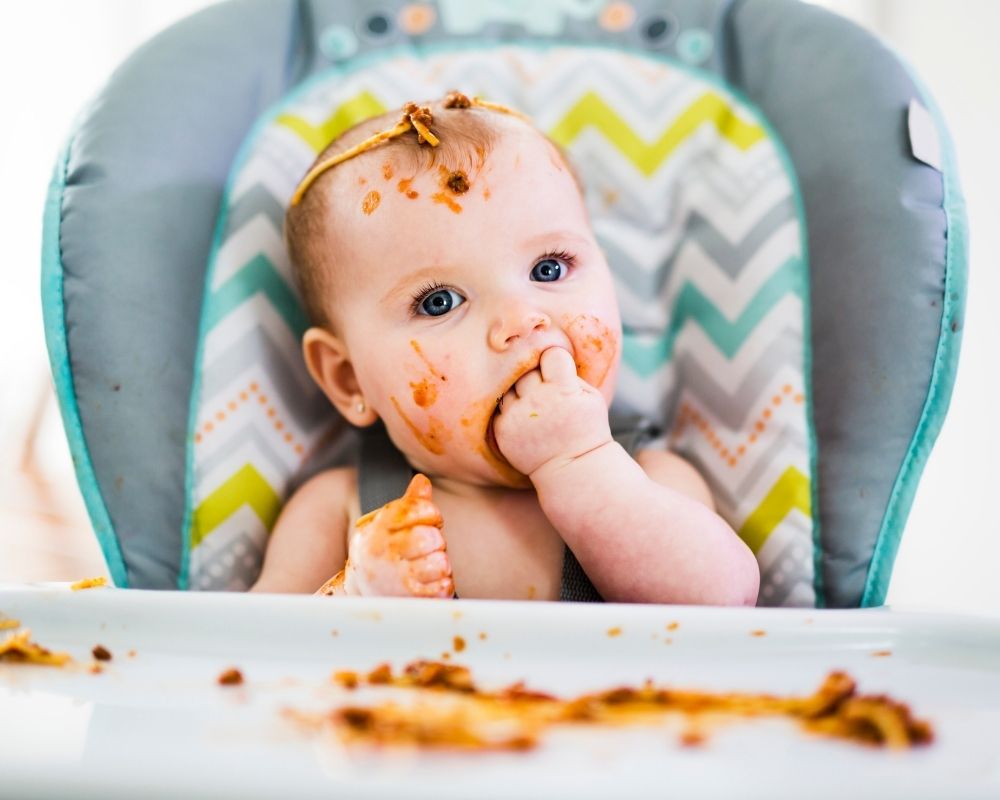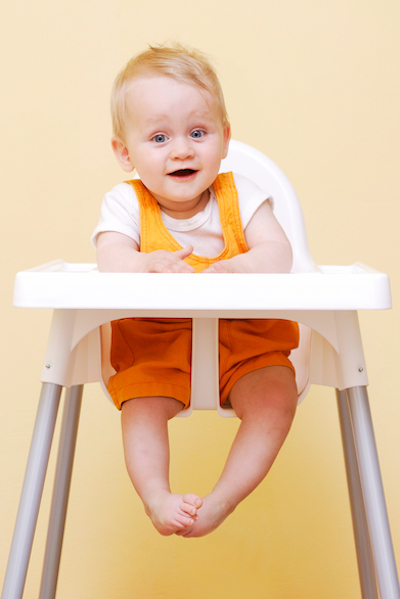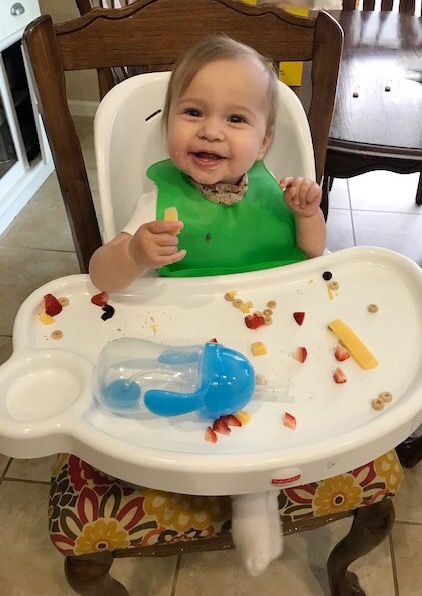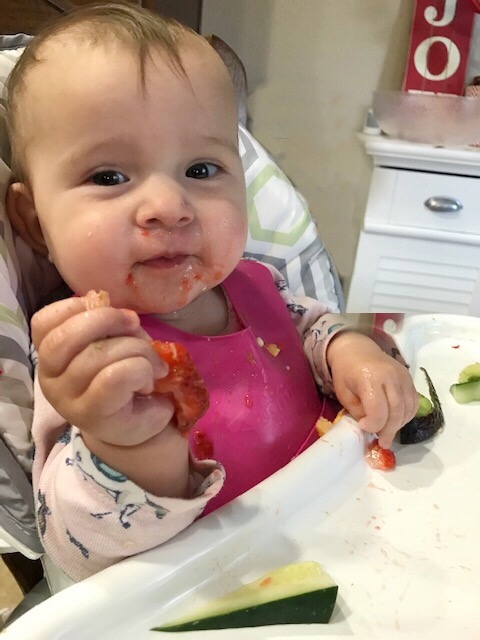Wondering what baby led weaning is? Learn all about introducing solids to your baby through baby led weaning and see if it’s right for you!
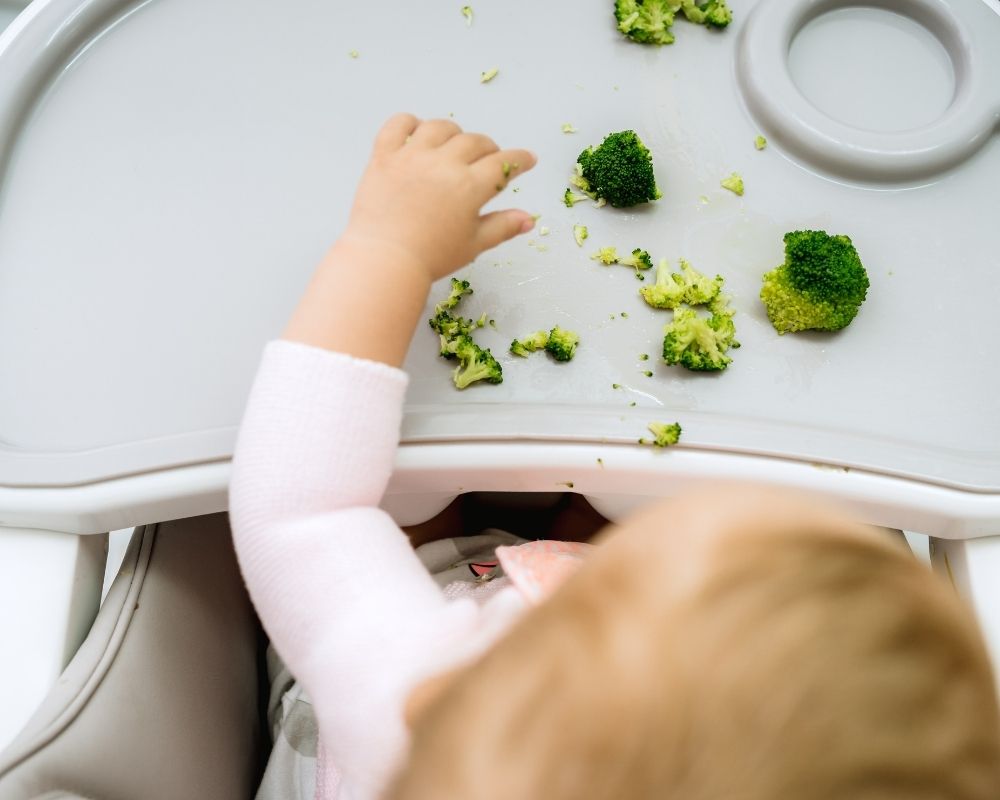
Transitioning to solid food is a crucial time period for an infant. Their body and brain are undergoing new development and they begin to learn a new set of motor skills—chewing, sucking, and swallowing solid food!
In wanting to get this transition “right,” more and more parents have been drawn to the baby led weaning (BLW) feeding approach.
While baby led weaning has been growing in popularity, you may still have some concerns as to how and when to start BLW and whether it is safe method to use.
These are important questions to consider, so keep reading to learn more.
What is Baby Led Weaning and How Does it Work?
Baby led weaning is a way for infants to feed themselves solid foods, as opposed to a caregiver spoon feeding them.
Using BLW, caregivers skip purees and provide the infant with pieces of food that the infant can easily grasp, suck, and chew on.
Baby-Led Weaning Quick Start Guide
If you’re looking to get started with baby-led weaning, grab the Quick Start Guide to Baby Led Weaning. It has step-by-step instructions on how to start baby led weaning, sample menu ideas, choking prevention tips, and more. Check it out here.
How Do I Know if My Baby is Ready for Solid Food?
Starting solid food with your baby can be such an exciting time! But you want to be sure that your baby is developmentally ready.
The American Academy of Pediatrics (AAP) recommends that infants start transitioning to solid food when they are about 6 months old.
There are some specific baby led weaning signs of readiness that you can look for when determining whether your baby is ready. These include:
Baby can hold their head up. They need to be able to sit in a high chair and have good head control while sitting.
Baby shows an interest in eating. When food comes their way, do they open their mouth? Do they look interested when you or another family member is eating something near them?
Baby has doubled their birth weight and weighs about 13 pounds or more. Most babies do this by 4 months of age.
Baby is able to move food with their tongue to their throat, instead of pushing food out of their mouth.
Note: It is important to know that premature infants may take longer to be ready to start solids. Be sure to pay attention to your baby and the developmental skills they are showing, not merely their age.
How Do You Start Baby Led Weaning?
Now that you know whether your baby is developmentally ready to transition to solid food, we can discuss how to start with baby led weaning.
First, make sure your baby meets the criteria for starting solids discussed above. Then, follow these steps to start BLW!
Consider Taking a CPR Class
First, consider taking a CPR class. This can help you be prepared in the unfortunate case that your infant should choke. It can also help you to differentiate whether your infant is just gagging or actually choking and needing intervention.
This CPR class from Safe Beginnings is 100% online and more affordable than many options because it teaches caregivers the skills, without providing an actual certification. Use my code postpartumparty to save 20% off at checkout!
Prepare Baby’s Eating Space
Get a good high chair. Having a high chair with proper foot rest and straps is necessary for safety, comfort, support, and stability while eating.
Plan to bring the highchair to the family table, so your baby can enjoy meals with the whole family.
Choose What Foods to Feed your Baby
When you’re first getting started with baby led weaning, a good method to use when choosing your baby’s meals is to include 1 to 3 single-ingredient foods per meal.
The food items should be finger length for easy grasping and able to be squished between an adult’s finger and thumb. For adequate nutrition, look for foods high in calories and iron.
Introduce New Foods One at a Time
This allows parents to see if any allergies occur, and if they do, you can easily locate the cause of the allergy. After introducing a new food, wait 3 to 5 days before introducing another new food.
Include Water with Meals
Use a small open cup and give 1 to 2 oz of water. Infants can learn to sip from a sippy cup or an open cup as early as 6 months old. Introducing small amounts of water can help keep your baby’s bowel movements regular.
Is Baby Led Weaning Better?
There hasn’t been enough definitive research to claim either baby led weaning or traditional feeding method as better than the other. Like everything with parenting, there are pros and cons to both methods!
Feeding a baby using the BLW method can be beneficial, but purees are not bad to feed a baby. The good news is that either of these feeding methods or a combination can be the best way for your family.
Often parents may start with purees and then add in BLW methods. Or parents may start doing both ways of feeding at the same time.
There are a few concerns with the traditional feeding approach. These include a lack of variety in texture for the infant and how easy it is to overfeed them.
Spoon feeding purees doesn’t always allow for the infant to self-regulate. With a lack of variety and texture the infant’s acceptance of new foods may be limited.
Benefits of Baby Led Weaning
There are things to consider when choosing the BLW method, but in my opinion most of the pros outweigh the cons. Especially when parents are aware of what to be cautious of when using the BLW approach.
We personally loved introducing solids through BLW and I have a whole post about the benefits of baby-led weaning, but here is a general recap of many of the benefits to baby led weaning.
Baby led weaning allows the baby to have autonomy to feed himself. This combines with another feeding method called the Division of Responsibility.
Using skills taught in these specific feeding methods, a valuable foundation is being laid for the infant’s whole life. These feeding methods help increase health outcomes and protect the intuitive eating skills that babies are naturally born with.
Another benefit is that BLW can be cheaper. Money is no longer spent on baby food jars, special baby food blenders, or hordes of infant spoons.
Baby led weaning can be easier than the traditional feeding approach. No need to spend time pureeing a variety of food and storing it in your freezer. Often what the family is already eating can be modified or given to your baby.
BLW allows the whole family to eat meals together. No one has to sit and spoon feed baby and miss out on eating their own hot meal!
Another huge benefit is that your baby gets to see healthy role modeling with food. During family meals, your baby gets to see all the members of the family eating and enjoying food!
All these benefits are great, but it’s helpful to be aware of the concerns that parents may have about baby led weaning.
Baby-Led Weaning Concerns
Choking is one of the biggest concerns people have when considering using baby led weaning. However, after looking into the research done on BLW, many of those fears can be put to rest.
In a review of BLW research, none of the studies that were looked at were able to find a significant difference in choking instances in the BLW and traditional feeding groups that were studied.
In 2016 the AAP published a study also looking at the risk of choking in baby led weaning infants compared to traditionally fed infants. They were not able to establish a greater risk of choking for BLW infants compared to traditionally fed infants.
It is important to note that several infants in the AAP study had a choking incident. Choking is a concern to be aware of when feeding an infant. It just wasn’t any greater of a risk in BLW infants than traditionally fed infants.
Gagging can be a normal response for infants to have when starting solids. However, it can be hard for parents to distinguish the difference between gagging and choking.
Make yourself familiar with signs of choking and gagging, what to look for, and how to respond. This is where that CPR class would be beneficial to parents starting solid foods!
There are certain foods that should be avoided due to choking risks.
Baby-Led Weaning Starter Foods
So you’ve read all about the benefits of BLW and you want to start planning what foods to start your baby off with! Many parents want to be sure their baby has the best nutrition possible for better health outcomes in the long run.
Once your baby has tried and tolerated a few different food items, consider meals for your baby to include 2 to 3 food items. In order to gain the most nutrition from the food you offer, try to include at least one high-iron food, one high-calorie food, and one fruit or vegetable.
High-iron foods that would be great for an infant to start with include: smashed beans; tender, finger length pieces of meat, poultry, or fish; hardboiled or scrambled egg; and tofu.
High calorie foods that would work well for BLW infants include: avocado, cheese, creamy nut butter, banana, and whole fat yogurt.
Baby led weaning can be a great way to introduce your infant to loving a variety of healthy food. Have fun with this stage of development!
- Baby Led Weaning vs Purees — Which Should I Choose? - April 25, 2024
- 10 Adorable Letter Board Pregnancy Announcements - April 25, 2024
- 30 Festive Fall Pregnancy Announcements - April 25, 2024
